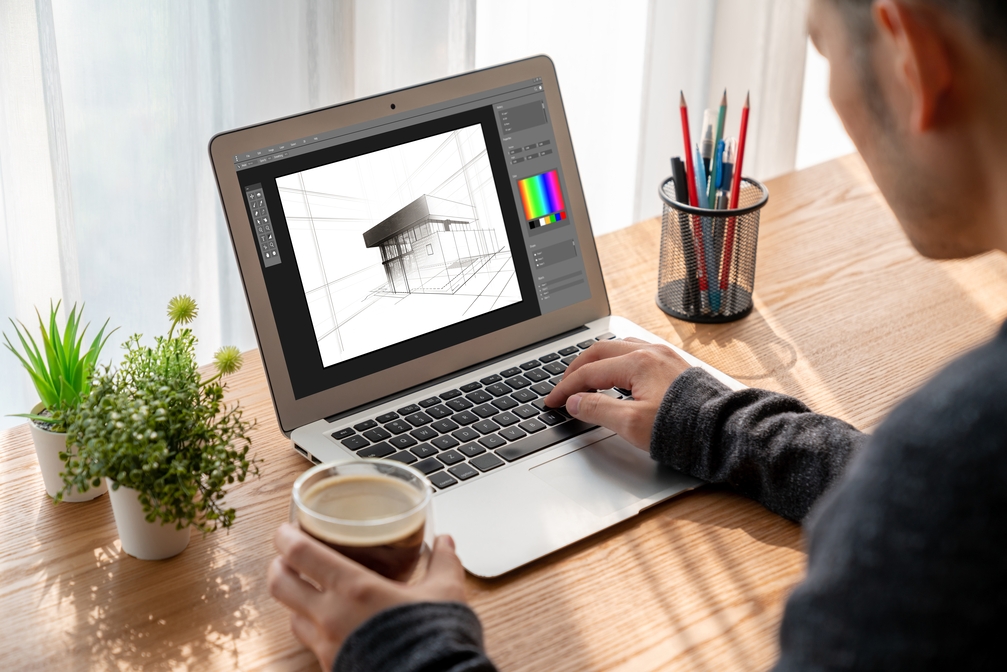The Ultimate Guide to Becoming a Product Designer

A career in product design combines technical expertise, creativity, and problem-solving abilities in an exciting journey. This in-depth guide will gently walk you through the necessary steps, techniques, and knowledge to start a rewarding career in product design, regardless of your passion for creating tangible products or digital experiences. Here are some tips on how to become a product engineer-
Explore Product Design Fundamentals
It's important to grasp the principles of product design before getting too technical. Product design requires a thorough understanding of functionality, user needs, and the manufacturing process in addition to aesthetics. Examine the concepts of user-centric design, design thinking, and the product development lifecycle.
Take a Hands-on Course in Product Design
Enrolling in a product design course is a pivotal step in your journey. Look for accredited programmes covering various topics, including sketching, prototyping, materials, and user experience. MIT-WPU B.Des in Product Design is an exemplary programme that blends theory with hands-on projects, providing a holistic education in product design.
Create Your Product Design Portfolio
A robust portfolio is your ticket to showcasing your skills and securing opportunities. Include various projects highlighting your ability to ideate, iterate, and bring concepts to life. Your portfolio should demonstrate your proficiency in various design tools, your design process, and the outcomes of your projects.
Develop Your Networking Skills
Networking is a powerful tool in the design industry. Attend conferences, workshops, and design events to network with professionals in the field, colleagues, and potential employers. Engage in online design communities, take part in forums, and use social media to meet like-minded individuals and stay current on industry trends.
Be Proactive in Your Job Search
As you near the completion of your product design course, start actively seeking internships, freelance projects, or entry-level positions. Leverage your network, utilise job platforms, and reach out to design firms or companies that align with your interests. Proactivity is vital to securing valuable experience and building a foundation for your career.
Create a Resume
Crafting a compelling resume is your introduction to potential employers. Highlight your education, skills, relevant coursework, and any internships or projects you've undertaken. Tailor your resume to emphasise how your skills align with the specific job requirements you're applying for.
5 Skills Required to Become a Product Designer
1. Creativity and Innovation: Product designers must possess high creativity to envision unique and innovative solutions. Thinking outside the box and generating novel ideas is crucial in creating products that stand out in the market.
2. Technical Proficiency: A strong foundation in design software, prototyping tools, and an understanding of manufacturing processes is essential. Proficiency in tools like Adobe Creative Suite, Sketch, or 3D modelling software demonstrates your technical prowess.
3. User-Centric Design: Empathy for users and a focus on user-centric design are fundamental. Understanding user needs, conducting user research, and incorporating feedback into the design process ensures that the final product meets the requirements of its intended audience.
4. Communication Skills: Clear and effective communication is vital in product design. Whether presenting ideas to a team, communicating with clients, or documenting your design process, the ability to convey your thoughts and ideas coherently is crucial.
5. Attention to Detail: Evaluations of products frequently depend on the smallest details. A methodical approach to your craft, an acute attention to detail, and an unwavering commitment to perfection improve the overall quality of your designs.
A combination of formal education, practical experience, networking, and ongoing skill development is necessary for success as a product designer. The B.Des in Product Design programme at MIT-WPU provides a thorough foundation, equipping you with the skills and knowledge needed to pursue a fulfilling career in the exciting field of product design. Remember that the key to success is having a strong desire to be creative, being dedicated to lifelong learning, and taking the initiative to shape your own professional path as you set out on this exciting adventure.
FAQs
What Qualifications Do I Need to Be a Product Designer?
Employers typically prefer candidates with a bachelor's degree in product design or a related field, though there is no set requirement. Enrolling in a reputable programme such as the B.Des in Product Design programme at MIT-WPU offers a structured education and boosts your industry credibility.
Is UI UX the Same as Product Design?
While UI (User Interface) and UX (User Experience) are related disciplines, they differ from product design. Product design encompasses a broader scope, including physical and digital products. In contrast, UI/UX design specifically focuses on the user interface and experience of digital products.
Is Product Design a Stable Career?
Yes, product design is considered a stable and rewarding career. The demand for skilled product designers spans various industries, including technology, healthcare, consumer goods, etc. As long as there is a need for innovative and well-designed products, the demand for product designers remains robust.





 admissions@mitwpu.edu.in
admissions@mitwpu.edu.in 

